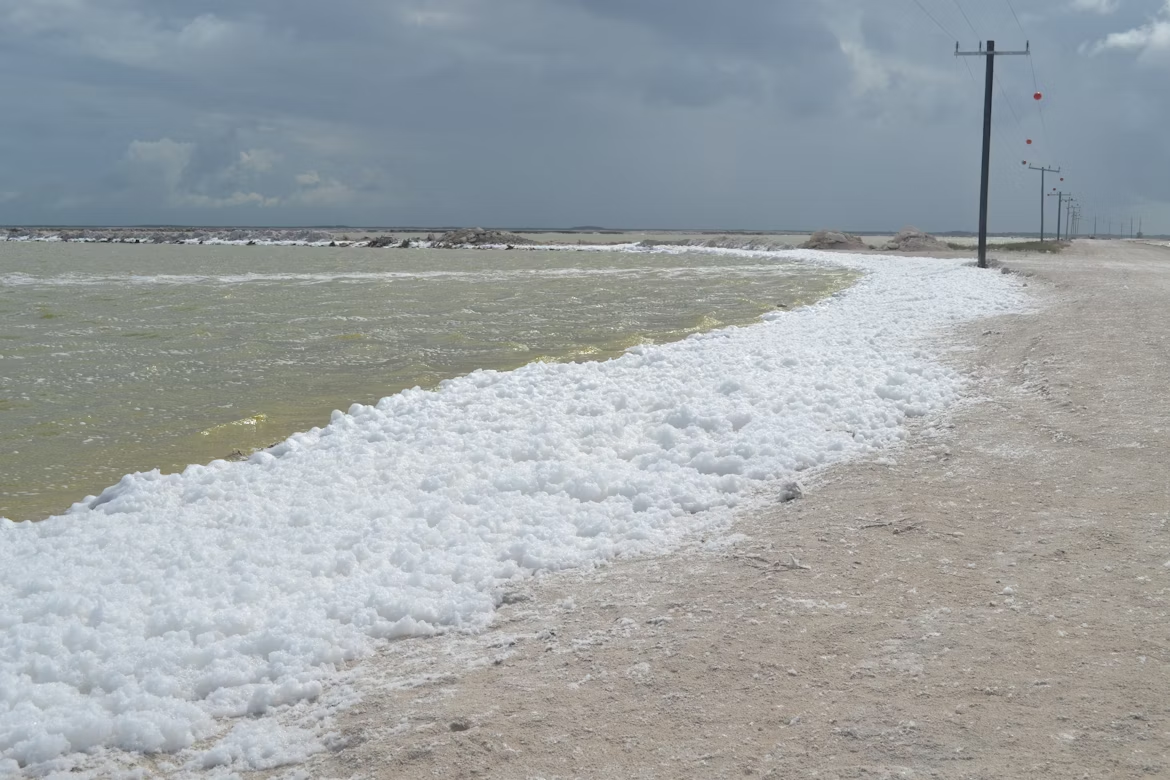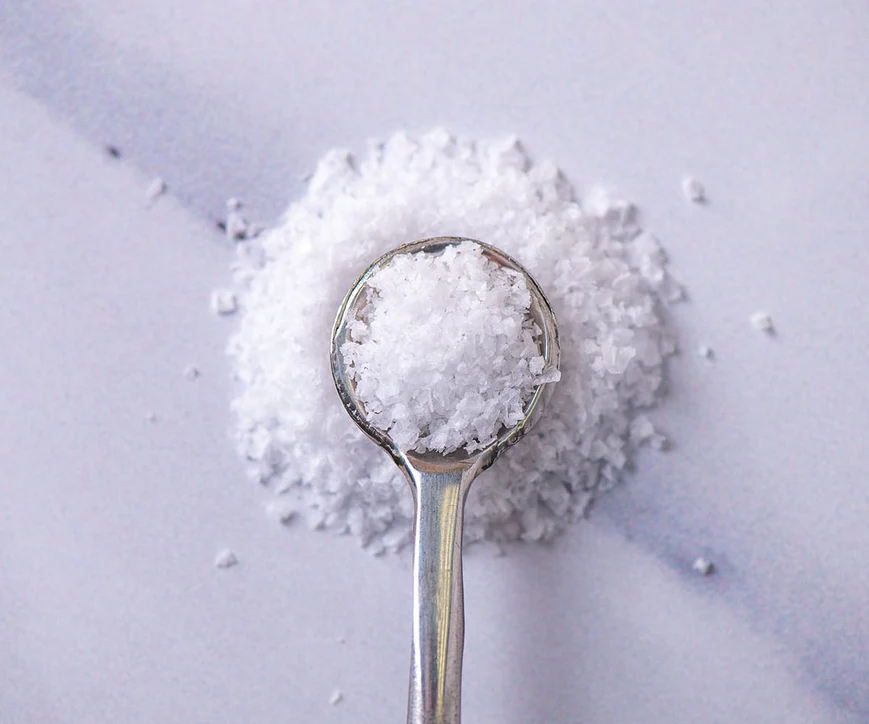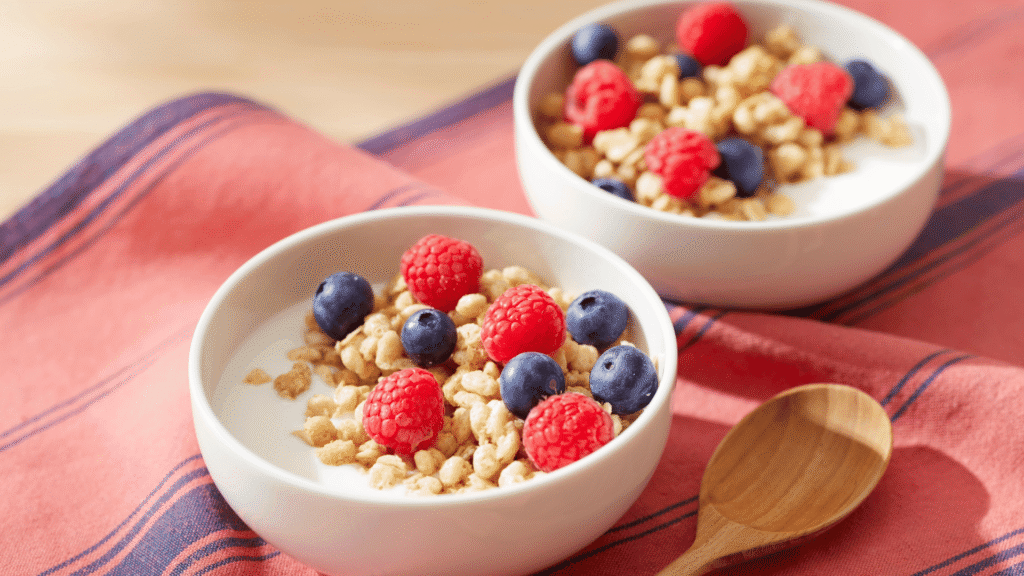Hey, Buf! If you think all salt is the same, oh… you’re in for a surprise! In the kitchen, salt isn’t just about making food taste salty. Each type has its own flavor, texture, and special role. So, to level up your cooking game and get that perfect savory kick, let’s meet 5 types of salt that chefs and home cooks love to use.
Meet 5 Types of Salt That Take Your Cooking to the Next Level, Buf!
1. Table Salt
Use: The all-rounder salt! Perfect for almost all daily dishes.
Texture: Fine and dense.
Saltiness level: High, because small grains dissolve quickly.
How it’s made: Mined from salt deposits or seawater, refined, and often mixed with anti-caking agents.
Best for: Stir-fries, soups, stews, and everyday cooking.
Note, Buf!
Table salt has the sharpest flavor, so don’t overdo it!

Photo by ekaterina shishina on Unsplash
2. Sea Salt
Use: Adds a more natural and complex flavor.
Texture: Coarse and crunchy, sometimes in flakes.
Saltiness level: Medium, more “natural” and less sharp.
How it’s made: Evaporated naturally from seawater, minimally processed.
Best for: Finishing steaks, salads, or roasted veggies.
Fun fact, Buf!
Sea salt’s flavor and color can change depending on the ocean it comes from.

Photo by Zyanya BMO on Unsplash
3. Himalayan Pink Salt
Use: Adds flavor and a touch of beauty (look at that gorgeous pink, Buss!).
Texture: Coarse pink crystals.
Saltiness level: Mild, but still savory.
How it’s made: Mined from the Himalayan mountains, formed from ancient seas millions of years ago.
Best for: Roasts, meat seasoning, or as a premium table salt.
Did you know, Buf?
It’s also used for spas and salt lamps!

Photo by Melissa Di Rocco on Unsplash
4. Kosher Salt
Use: The best for seasoning meat and Western-style dishes.
Texture: Coarse, flake-like grains.
Saltiness level: Medium to high, but easy to control because the grains are larger.
How it’s made: Usually mined from salt deposits, with little to no additives.
Best for: Marinating, seasoning steaks, or roasted chicken.
Why “kosher,” Buf?
The name comes from its use in koshering meat in Jewish tradition.

The image are from savoryspiceshop.com
5. Fleur de Sel
Use: A premium finishing salt — not for cooking at the start!
Texture: Light, delicate white flakes.
Saltiness level: Mild but complex, with hints of sweetness and natural minerals.
How it’s made: Hand-harvested from the thin top layer of evaporating seawater, often in France.
Best for: Sprinkling on chocolate, caramel, salads, or seafood after cooking.
Did you know, Buf?
Buf, this is the “royalty” of salt! Pricey because of the delicate and limited harvesting process.

The image are from allrecipes.com
Final Thoughts
So there you go, Buf 5 types of salt that can take your cooking from simple to sensational! From budget-friendly to premium, each one plays its own special role in the kitchen. Time to experiment and match your salt to your dish, because sometimes great taste isn’t about using more salt, it’s about choosing the right one!





